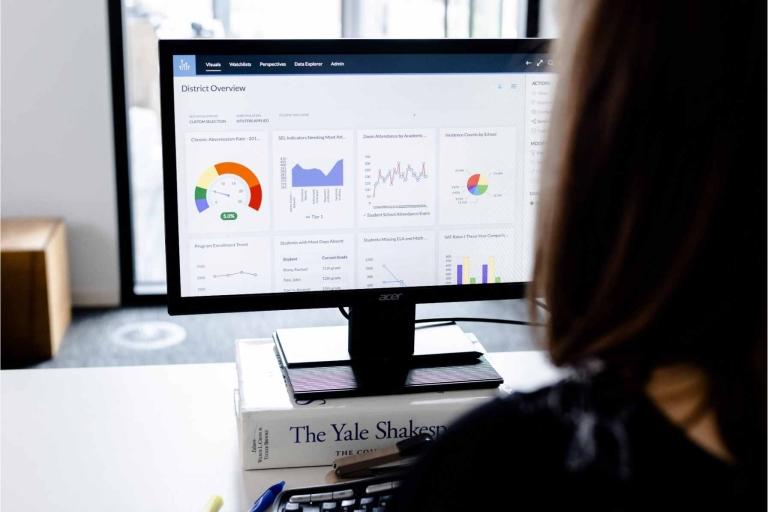From pedagogy changes that encourage learning outside the classroom, to concepts like project-based-learning (where students are asked to investigate real-world problems), schools and colleges are responding to the pressing need to put student in control of their own learning.
Industry experts agree that empowering students can lead to better results, and are encouraging schools to invest in online technologies that promote a more collaborative approach to learning. But for many, student empowerment brings with it the threat of diminished teacher influence. For staff who have always understood control as standing at the front of a class imparting knowledge by rote, such significant changes to teaching and learning can be daunting.
At Canvas, we’ve learned that giving students ownership of learning does not mean abdicating control of a classroom. The same technologies that give power to students can bring significantly more influence to teaching staff. The savviest teachers tell us that control is now ‘“all about the data”—and about the online tools that enable them to collect information on performance and to gain real-time, actionable insights. Being able to alter teaching quickly to address student needs can increase engagement and motivation, and ultimately, improve results. And being able to deliver and act on performance data throughout the school year, rather than just at exam times, is vital to delivering an education experience based on flexibility and insight—rather than being reliant on rigid tests and measures.
Concepts like the flipped classroom, which enable students to ingest passive rote material at home can also enable teachers to seize control of the classroom in a new way—by freeing up lesson time for in-depth discussions and personalised teaching. And when online tools make assessments less manual and time-intensive, teachers can dedicate more time to curriculum planning, one-to-one assistance and other impactful activities.
So, while recognising that empowerment is just as important for teachers as it is for students, we think it’s time to reassess what control means in a digital age. The image of a teacher at the front of a lecture hall, holding court, should be long forgotten. Instead, the modern teacher in control is someone who has performance data at their fingertips, the ability to flex teaching methods to respond to trends, and the power to inspire and enthuse students with new, interactive ways of learning.
To learn more about how you can take control of your classroom—while putting students in control of their learning—visit the Canvas stand 6 at the Future of EdTech show on 15–16th June 2016.
Keep learning,
Rachel Matthews
Director of International Public Relations at Instructure
Related Content
 inst-3step.jpg
inst-3step.jpgBlogs
 13lmsfeaturesthatbenefitstudentlearning.jpg
13lmsfeaturesthatbenefitstudentlearning.jpgBlogs
 community-homepage.jpg
community-homepage.jpgBlogs
